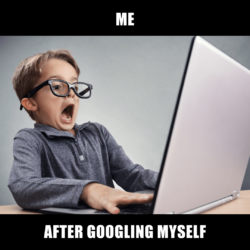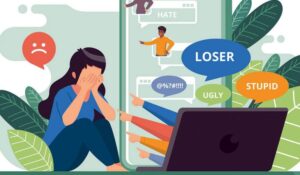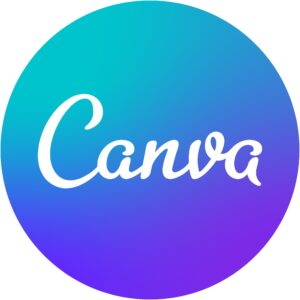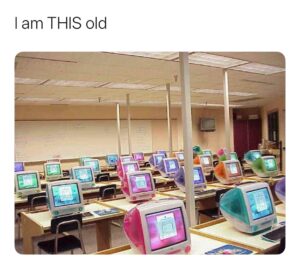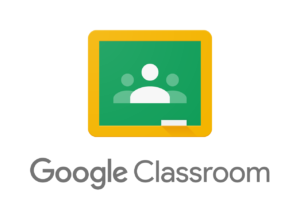Well, it looks like our time together is coming to an end. I enjoyed being apart of this community that Katia has built for all of us. The way we all came together and helped each other out with our learning journeys and technological topics was truly inspiring. I hope I can create a community like this in my future classroom.

Throughout the semester, I tried my best to contribute as much as I could in my classmates’ learning journey. However, to be honest, I found it quite difficult. Majority of the topics I explored I knew nothing about. In cases like this, I would comment words of encouragement to my classmates. While this doesn’t directly improve their skill on the task at hand, positive reinforcement still goes a long way in self confidence. I noticed other classmates have the same issue when commenting on each other’s posts. This was evident as I say Kelsey say something similar and I responded with,
“Hey Kelsey,
I can connect with what you are say in many ways. As I was trying my best with keeping up in posting comments, I felt like in many cases I didn’t have much to offer other than encouragement as I had no experience with many topics. However, I strongly believe that positive reinforcement and encouragement is just as valuable as tips on a specific skill. So, keep it up!!
Zach”
For the few topics I did have some knowledge on, I tried my best to offer advice where I could. One student in particular, chose to do bathroom renovation as their learning journey. Before coming to university in pursuit of becoming a teacher, I went to school for four years to become an electrician. I attended Sask Poly Technic and worked as an electrician for five years. This resulted in me have some knowledge in renovations, specifically the electrical aspect. I commented on Madison’s post offering guidance if she needed,
“Hi Madison,
What a great skill to learn. Shocking how much you can learn from TikTok! The reno is looking amazing. I am excited to see the final project at the end of the semester. Keep up the hard work. I don’t know how much new information I can give you but if you have any electrical questions throughout your renovation feel free to reach out and ask! I have an electrical background!
Good luck with everything.
Zach”

I did share the same learning journey with one classmate. We both decided to learn Spanish. While I had some background knowledge on the subject, my classmate did not, causing us to have different starting points. I would express to my classmate what worked and what didn’t work throughout my learning journey. I hoped that this will help her in her future learnings on the subject.
“Hi Kelsey,
It was nice hearing about your learning journey of the Spanish language. Learning a second language is so difficult, so good for you on taking on the challenge. I also chose Spanish for my learning journey. However, I had a decent amount of background knowledge going into it as I spent 5 months in South America a few years ago.
Reading your recap, I used many of the same online resources that you did. I think my biggest advice for you moving forward is that all these apps have different strengths and weaknesses. So, in my opinion, I think it is very valuable to use a combination all the apps you explored. All of them have something to offer. Now, if I had to choose one resource, I think I would go with YouTube. It is so diverse in what you can focus on.
Anyway, I hope you continue your journey in learning Spanish after the semester and maybe one day we’ll run into each other and be able to speak in Spanish!!
Good luck in the future.
Zach”

I hope that I was able to assist a few classmates’ learning journeys throughout this semester. A full list of my comments is on this Google Doc.
Thanks for everyone who commented on my posts as well!
Ciao!
Zach







